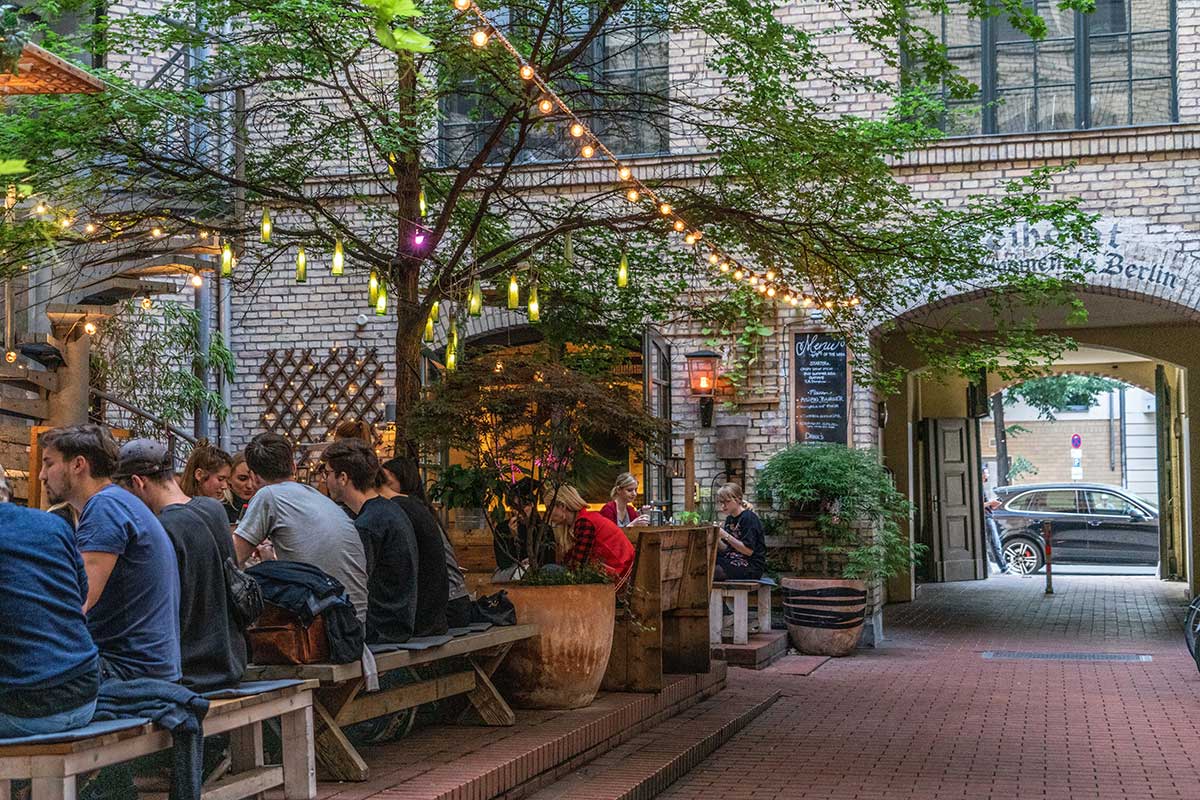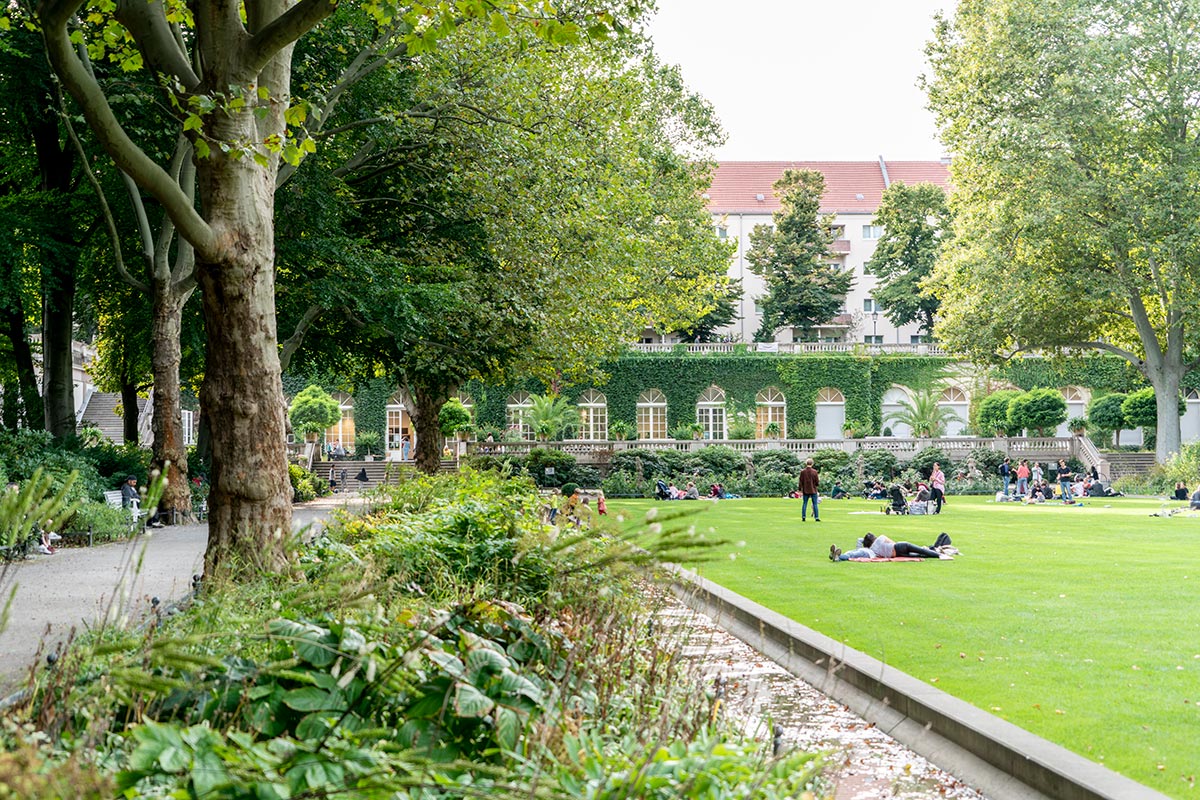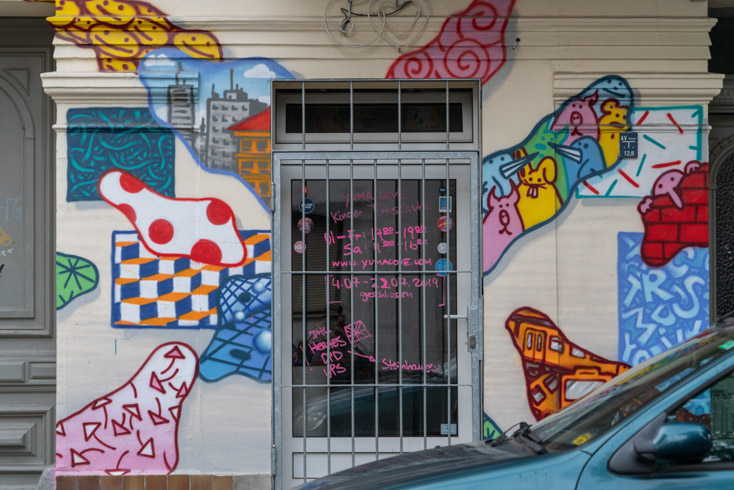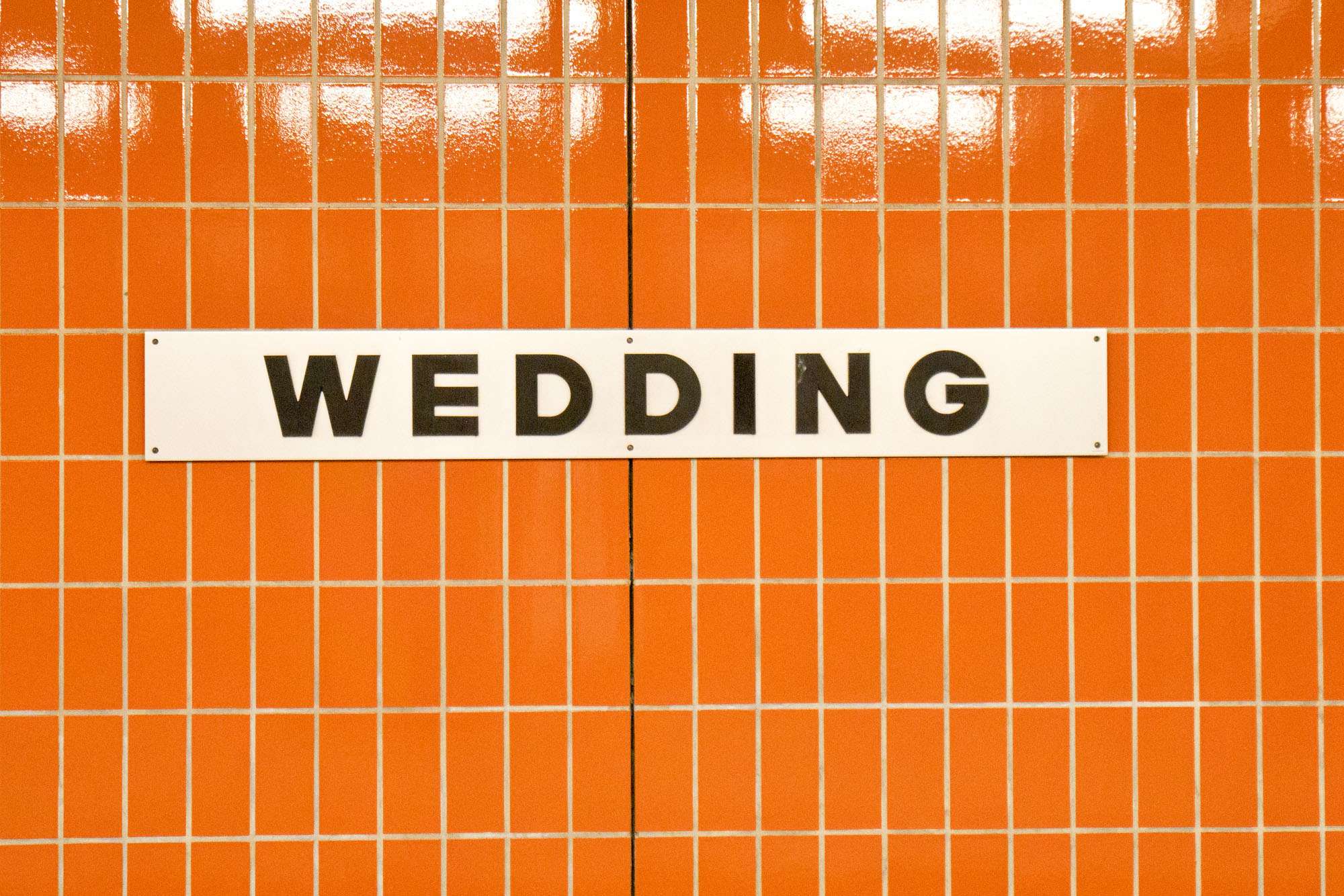Which are the best Neighborhood to live and rent in Berlin?
 Von Christine Kandler
Von Christine Kandler

When you move to Berlin and are looking for an apartment, one of the first questions is where in the city do I want to live? Of course, the answer always depends on personal preference, and no neighborhood of Berlin is homogeneous. Berlin is a historical city, and each district has a different character. To help you decide where you would feel most at home, we've compiled a guide to a range of the best neighborhoods to live in Berlin.
Berlin-Mitte
As the name suggests, Berlin-Mitte is centrally located, international, and offers some of the best of the city's art, culture, and culinary delights right on your doorstep.
Although the rents are less favorable for those wishing to pay a lower rental price, Berlin - Mitte is ideal for finding a temporary apartment. This area boasts many chic furnished flats with high quality furnishings, and refurbished attics, townhouses, and lofts. If you are prepared to pay a bit more, the variety of furnished apartments in Mitte is endless.
Mitte is very popular, especially with those who work in the area. There are many start-ups in Mitte, the factory is here, and the Berlin Google office now also call it home. Families appreciate the proximity to the international schools, such as the Cosmopolitan School and the Metropolitan School, the good transport connections, and the many green parks and playgrounds.
Prenzlauer Berg
A previously wilder part of town, now declared by the underground scene as 'over', Prenzlauer Berg has been rediscovered as a popular district to have an apartment.
While the party has moved on in the meantime, those who have to work have found it the perfect place to live, which makes it ideal if you are relocating to a short-term apartment to work. Many startups have also settled here, attracting IT people from all over the world. This newer crowd appreciates Prenzlauer Berg's many one-room apartments, many of which have been modernized and furnished to a high standard.
For families, Prenzlauer Berg is often also the first choice. No district has a reputation for being more child-friendly, and you will find many playgrounds, kindergartens, shops, etc. for children.
There are plenty of quality furnished apartments in Prenzlauer Berg to choose.
Kreuzberg
Kreuzberg is known to be a truly multicultural district - particularly the areas around Kottbusser Tor, Mariannenstraße, and Oranienstraße. In former times the rents in Kreuzberg were the cheapest in the entire West side of Berlin. However, the condition and equipment of the dwellings matched the prices, and mostly young people, hippies, artists, and punks chose to live there. Kreuzberg was the center of counterculture, spawning many bars, legendary clubs, and independent cultural initiatives (e.g. Bethanien), as well as squatted houses and communities.
Today, however, everyone wants to live in Kreuzberg, meaning that the rents have risen quicker than anywhere else across the globe. This famed district has a lot more to offer than in the past - the apartments have all been renovated, as have the facades. The home of the döner kebab (on Oranienstraße), is now the center of a new international foodie culture, and nowhere in Berlin has as many exciting new restaurants on every street. Kreuzberg is also popular due to the parks, the banks of the Spree around the Urbanhafen, and the proximity to nearby Tempelhofer Feld.
Friedrichshain

Friedrichshain also tops the list as one of the most popular neighborhoods for living in Berlin. Furnished apartments in Friedrichshain are much in demand.
This boom in professionals looking for short term rentals came with the arrival of several multinational companies, such as Zalando and Universal, basing their headquarters in Oberbaum City (at Oberbaumbrücke). Many employees relocating to these offices in Berlin needed a temporary place to live and chose to stay within the area.
Before this, Friedrichshain had predominantly been a working-class area, without tourist attractions. Gradually, the area around Simon-Dach-Straße became the number one party scene in Berlin, and there is still an infinite number of clubs, bars, and other possibilities for going out in Friedrichshain. However, there are also much quieter neighborhoods, which are very popular. from the green and leafy Volkspark Friedrichshain to the idyllic Rummelsburger Bay.

Neukölln Neighborhood
Before Neukölln became Berlin's trendiest neighborhood to live, this district was known as more of a social hotspot. The rents here were cheap, but those who could afford it moved away as quickly as possible.
Today Neukölln is not just a popular place to live more long term, but nowadays Neukölln also offers furnished apartments. Micro apartments are very popular with students from far and wide, who move to the neighborhood of the creatives and the hipsters. Amidst Arabic and Turkish vegetable shops and kebab stalls, you will find many vegan restaurants and snacks - more than anywhere else in Berlin. The rents have also risen in Neukölln, but compared to other parts of Berlin you can still live a little cheaper here. Among the highlights of Neukölln are the most stunning and historical city bath in the Ganghofer Str. 3 (U: Rathaus Neukölln), the Türkenmarkt at the Maybachufer, and Tempelhofer Feld.

Outside the S-Bahn ring: Tempelhof, Lichtenberg, Treptow, Reinickendorf, Marzahn, Steglitz, etc.








